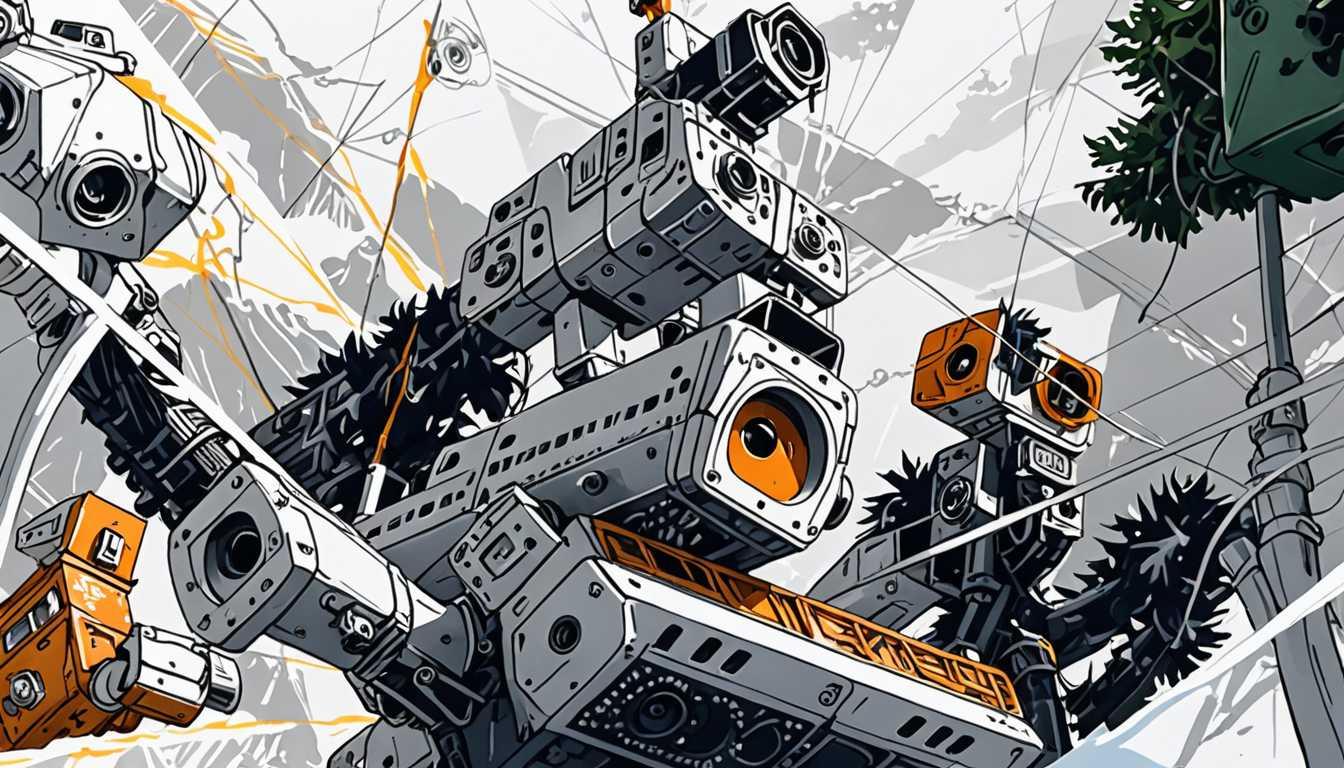AI in Education: Promise & Peril
March 2023
Stanford University
Introduction
Dive into the world where AI meets education, straight from Stanford University's groundbreaking summit. Before ChatGPT became a household name, experts were already exploring how AI could revolutionize learning. With ChatGPT's explosive growth, the debate intensifies: How can AI enhance teaching without compromising critical thinking? From personalized teacher support to reshaping learning priorities and boosting self-confidence, the potential is vast. Yet, challenges like cultural insensitivity and the risk of misinformation loom large. It's a thrilling, uncertain journey towards getting AI in education just right. Are you ready to explore the future?
READ FULL ARTICLEWhy It Matters
Discover how this topic shapes your world and future
Unleashing the Future of Learning
Imagine stepping into a classroom where every lesson is tailored just for you, where your questions are answered instantly, and your creativity knows no bounds. This isn't a scene from a sci-fi movie; it's the potential future of education with Artificial Intelligence (AI). With AI, we can revolutionize how we learn, making education more accessible, personalized, and engaging than ever before. From simulating student-teacher interactions to enhancing our soft skills without fear of judgment, AI promises to transform traditional teaching methods and open up new horizons for learners worldwide. But it's not all smooth sailing; we must navigate significant challenges like ensuring cultural diversity in AI responses and optimizing models for genuine learning. Understanding AI's role in education is not just about keeping up with technology; it's about shaping a future where everyone has the opportunity to thrive in their educational journey.
Speak like a Scholar
Generative AI
A type of artificial intelligence that can create content, such as text or images, that has never been seen before. Imagine an AI that writes stories or solves math problems on its own!
Natural language processing (NLP)
This is how computers understand and respond to human language. It's like teaching a robot to chat with you in English or any other language.
AI literacy
Knowing how to work with AI tools and understanding their impact. It's as important as learning to read and write in today's world.
Equitable access
Making sure everyone has the same opportunities to use and benefit from AI, no matter where they live or what resources they have.
Soft skills
Personal attributes that enable someone to interact effectively and harmoniously with other people, such as communication and teamwork skills.
Real-time feedback
Instant responses from AI that can help you improve right away, like a video game that tells you how to get better as you play.
Independent Research Ideas
Exploring the role of AI in personalizing education
Investigate how AI can tailor learning experiences to fit each student's unique needs and abilities. This could lead to breakthroughs in helping students learn at their own pace.
The impact of AI on language learning
Delve into how AI tools can support learning new languages, focusing on their ability to simulate natural conversation and provide immediate corrections.
AI and the future of workforce development
Examine how AI can identify skill gaps in the workforce and recommend personalized training programs. This could revolutionize how we prepare for future jobs.
Ethical considerations in AI education tools
Explore the ethical challenges of implementing AI in education, including privacy concerns and ensuring AI does not perpetuate biases.
Enhancing creativity through AI
Investigate how AI can be used not just for learning existing knowledge but for fostering creativity and innovation among students. This could include AI-assisted art or music projects.
Related Articles

Wordle: Fun Game or Reading Booster?
August 2024
Harvard Gazette

Balancing Books and Screens: A Reading Guide
July 2024
MIT Technology Review

ChatGPT: Revolutionizing Education?
December 2022
Stanford University

Cake, Apps, and Student Moods
April 2023
MIT Technology Review

Spotting Real Research: The Daily Sleuth Challenge
July 2024
JSTOR Daily